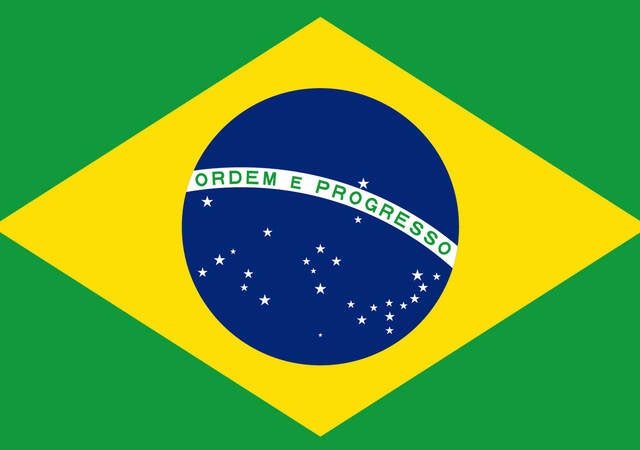April 9, 2024
By Luiz Levy, Priscila Sanada and Evangeline Loh
Brazilian medical device regulator ANVISA has published new legislation allowing manufacturers of higher-risk devices to leverage registrations from some foreign regulatory authorities when applying for market access in Brazil.
Background to RDC 741/2022 and September 2023 consultation
ANVISA announced RDC 741/2022 (August 10, 2022) to establish a resolution to leverage registrations from foreign regulatory agencies deemed equivalent to ANVISA for identical devices.
A year later, a consultation (Consulta Pública n° 1.200, September 1, 2023) was posted, describing the proposed draft normative instruction (IN).
IN 290/2024 and official legislation on AREEs
ANVISA published IN 290/2024 (April 8) which establishes, based on RDC 741/2022, the process to leverage an authorization from an Equivalent Foreign Regulatory Authority (AREE).
As a reminder, this applies only to Class III and IV medical devices and IVDs, which typically have to go through the Registro regulatory process.
IN 290/2024 defines the Equivalent Foreign Regulatory Authority (AREE) as four of the former Global Harmonization Task Force (GHTF) founding members: Australia Therapeutic Goods Administration (TGA), Health Canada, U.S. Food and Drug Administration (FDA) and Japan Ministry of Health, Labor and Welfare (MHLW). IN 290/2024 goes into force on June 3, 2024.
AREEs and ANVISA regulatory submissions
The AREE authorizations that are eligible for leveraging have been advanced as follows:
I - TGA - Australian Register of Therapeutic Goods (ARTG)
II - Health Canada - Medical Device License
III – U.S. FDA - 510(k) Clearance, Premarket Approval (PMA) or 513(f)(2) "De Novo"
IV - MHLW - Pre-market approval (Shonin)
The technical dossier documents and other documents (for example Essential Safety and Performance Requirements Checklist per RDC 848/2024) required by RDC 751/2022 for medical devices or RDC 36/2015 (or RDC 830/2023) for IVDs, must still be submitted under this route as part of the initial registration submission.
To qualify for the AREE review, the documents required include (Annex I):
- Signed declaration (Annex I template) by Technical Manager and Legal Responsible Person
- Evidence of authorization in AREE country (consularized or apostilled plus sworn translation if not in Portuguese, English or Spanish)
- IFU for medical device in AREE (plus sworn translation if not in Portuguese, English, or Spanish)
Devices to be registered must be the same as already authorized in one of the AREEs. For the AREE route to be applicable, the Brazil Registration Holder (or manufacturer in Brazil) will have to submit an amendment after the registration submission (Article 10).
Of course, ANVISA reserves the prerogative to require the medical device to be registered through normal procedures if the regulator identifies inconsistencies between the submitted documents.
Note that applications submitted under this route will follow the same initial registration steps as a normal registration submission.
Concluding remarks
For the first time, the concept of regulatory leveraging has been announced for medical devices in Brazil.
ANVISA now joins other regulators that have capitalized on authorizations from other markets, and as discussed at the recent International Medical Device Regulators Forum (IMDRF) 25th meeting uses reliance.
Another triumph for global regulatory harmonization among regulators!
Request more information from our specialists
Thanks for your interest in our products and services. Let's collect some information so we can connect you with the right person.






